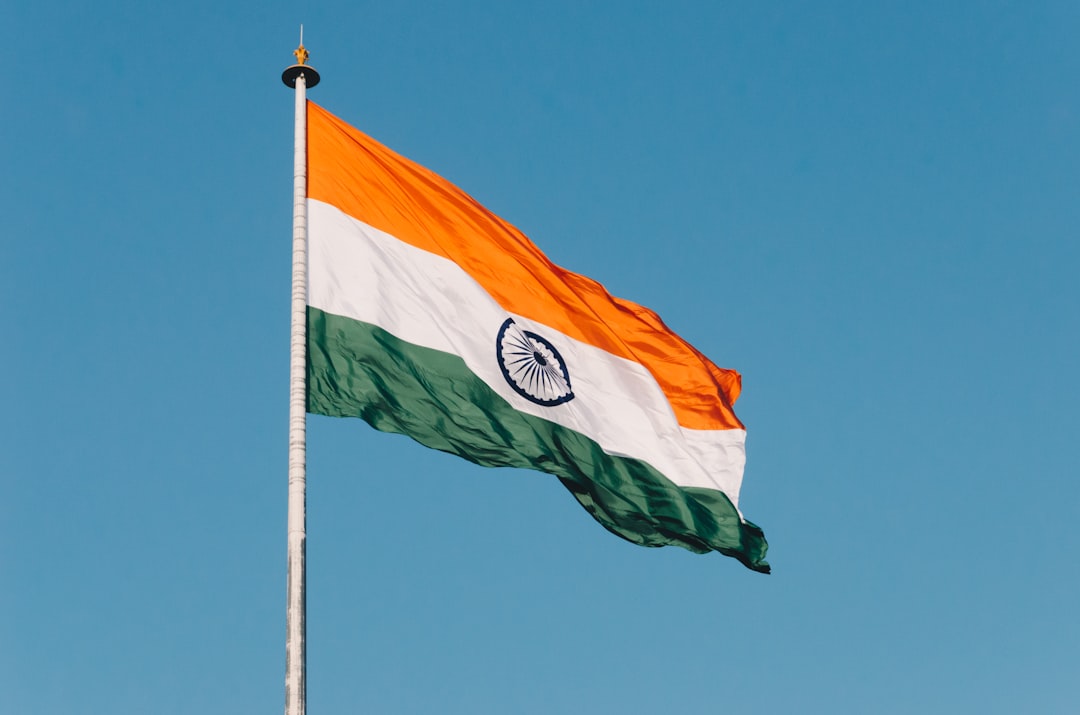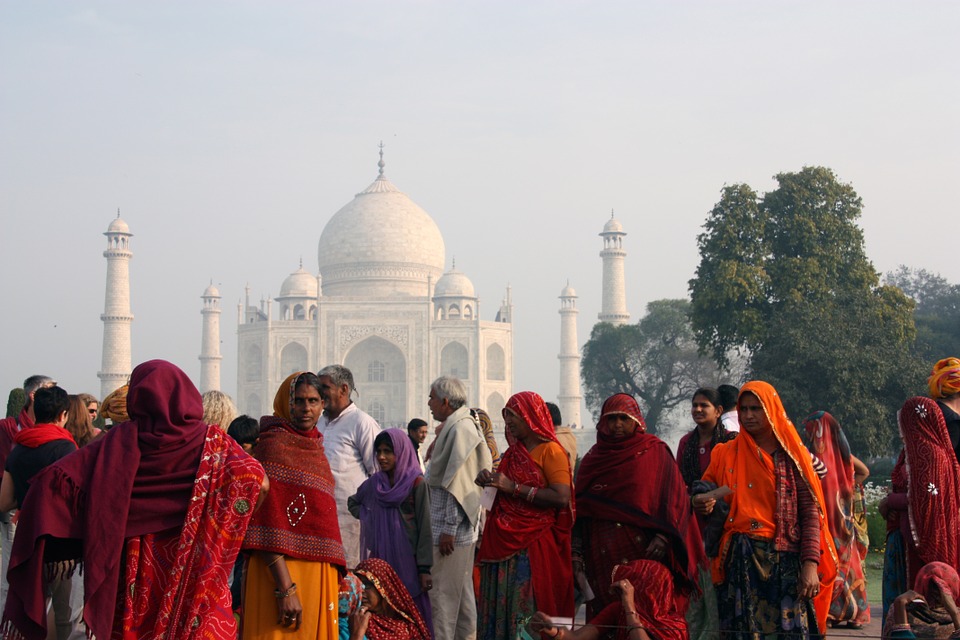
Climate Zones of India: Different climate regions Of India
India is a vast and diverse country with a wide range of climate zones. The country’s climate is influenced by a variety of factors, including its geographical location, topography, and the monsoon winds. As a result, India is home to several distinct climate zones, each with its own unique characteristics and weather patterns. From the tropical climate of the southern coast to the alpine climate of the Himalayas, India’s diverse climate zones make it a fascinating and varied country to explore.
The different climate zones in India have a significant impact on the country’s flora, fauna, and agricultural practices. Understanding these climate zones is essential for anyone looking to visit or do business in India, as they can greatly affect travel plans, crop cultivation, and even construction practices. In this article, we will explore the various climate zones in India, from the tropical regions in the south to the alpine regions in the north, and examine the unique features and characteristics of each zone.
Summary
- India has a diverse range of climate zones, influenced by its geography and topography.
- The tropical climate zones in India are characterized by high temperatures and heavy rainfall, with distinct wet and dry seasons.
- Subtropical climate zones in India experience hot summers and cool winters, with moderate to high rainfall throughout the year.
- The temperate climate zones in India have mild summers and cold winters, with moderate to high rainfall and snowfall in some areas.
- Alpine climate zones in India are found in the mountainous regions and have cold temperatures, heavy snowfall, and short summers.
Tropical Climate Zones in India
The tropical climate zones in India are primarily located in the southern and coastal regions of the country. These areas experience high temperatures throughout the year, with relatively little variation between seasons. The tropical climate is characterized by hot and humid weather, with heavy rainfall during the monsoon season. The southern coast of India, including states like Kerala, Karnataka, and Tamil Nadu, is known for its lush greenery and abundant rainfall, which supports a diverse range of flora and fauna.
The tropical climate zones are also home to some of India’s most popular tourist destinations, including the backwaters of Kerala and the beaches of Goa. The warm weather and beautiful landscapes make these areas ideal for beach holidays and outdoor activities. However, the tropical climate also brings challenges such as the risk of tropical diseases and the need for effective water management due to heavy rainfall. Overall, the tropical climate zones in India offer a unique and vibrant environment that is rich in natural beauty and cultural diversity.
Subtropical Climate Zones in India
Moving northwards from the tropical regions, we encounter the subtropical climate zones in India. These areas experience milder temperatures compared to the tropics, with distinct summer and winter seasons. The subtropical climate is characterized by hot summers and cool winters, with moderate to low rainfall throughout the year. States like Rajasthan, Punjab, and Haryana fall within the subtropical climate zone and are known for their arid landscapes and semi-desert conditions.
The subtropical climate zones in India present a unique set of challenges and opportunities for agriculture and water management. The dry conditions make it difficult to cultivate certain crops but also create ideal conditions for growing drought-resistant plants like cacti and succulents. The subtropical regions are also home to iconic landmarks such as the Thar Desert and the Aravalli Range, which attract tourists from around the world. Overall, the subtropical climate zones in India offer a diverse and fascinating landscape that is shaped by its unique weather patterns.
Temperate Climate Zones in India
As we move further north into the Indian subcontinent, we encounter temperate climate zones. These areas experience distinct seasons, with warm summers and cold winters. The temperate climate is characterized by moderate rainfall and a wide range of temperatures throughout the year. States like Himachal Pradesh, Uttarakhand, and parts of Jammu and Kashmir fall within the temperate climate zone and are known for their picturesque hill stations and snow-capped mountains.
The temperate climate zones in India offer a welcome respite from the heat of the plains during the summer months, making them popular destinations for domestic and international tourists. The cool weather and scenic landscapes make these areas ideal for trekking, camping, and other outdoor activities. However, the temperate climate also brings challenges such as snowfall during the winter months, which can disrupt transportation and infrastructure. Overall, the temperate climate zones in India offer a refreshing change of scenery and a chance to experience a different side of the country’s natural beauty.
Alpine Climate Zones in India
At the northernmost reaches of India lie the alpine climate zones, which are characterized by cold temperatures and high-altitude conditions. These areas experience long winters with heavy snowfall and short summers with cool temperatures. The alpine climate is found in the Himalayan region, including states like Jammu and Kashmir, Himachal Pradesh, and Uttarakhand. The rugged terrain and towering peaks of the Himalayas make this region a paradise for adventure enthusiasts and nature lovers.
The alpine climate zones in India present unique challenges for both residents and visitors due to their extreme weather conditions. The high altitude and cold temperatures can pose risks to health and safety, making it essential to acclimatize properly before venturing into these areas. However, the alpine region also offers unparalleled natural beauty, with breathtaking mountain vistas, pristine lakes, and diverse wildlife. The Himalayas are also home to several sacred sites and pilgrimage destinations that attract spiritual seekers from around the world. Overall, the alpine climate zones in India offer a truly awe-inspiring experience for those willing to brave the elements.
Arid and Semi-Arid Climate Zones in India
In contrast to the lush greenery of the tropical regions, India is also home to arid and semi-arid climate zones that experience low rainfall and dry conditions. These areas are primarily located in western India, including states like Gujarat, Rajasthan, and parts of Maharashtra. The arid and semi-arid climate is characterized by hot temperatures and sparse vegetation, with limited water resources for agriculture and other activities.
The arid and semi-arid climate zones present significant challenges for residents in terms of water scarcity and desertification. However, these regions also have unique ecosystems adapted to survive in harsh conditions, such as thorny shrubs and hardy desert animals. The arid landscapes are also home to several cultural landmarks and historical sites, including ancient forts and palaces that reflect the region’s rich heritage. Overall, the arid and semi-arid climate zones in India offer a stark yet captivating environment that has shaped the lives of its inhabitants for centuries.
Coastal Climate Zones in India
India’s vast coastline is home to diverse coastal climate zones that experience a mix of tropical, subtropical, and maritime weather patterns. The coastal regions are characterized by high humidity, moderate temperatures, and heavy rainfall during the monsoon season. States like Maharashtra, Goa, and West Bengal are known for their beautiful beaches, lush mangrove forests, and vibrant fishing communities.
The coastal climate zones in India offer a wealth of natural resources and economic opportunities, including fisheries, tourism, and maritime trade. However, these areas also face challenges such as coastal erosion, cyclones, and pollution due to rapid urbanization and industrial development. The coastal regions are also home to unique ecosystems such as coral reefs and estuaries that support a rich diversity of marine life. Overall, the coastal climate zones in India offer a dynamic environment that is closely intertwined with the country’s cultural heritage and economic prosperity.
In conclusion, India’s diverse climate zones offer a rich tapestry of natural beauty, cultural diversity, and economic opportunities. From the tropical rainforests of the south to the snow-capped peaks of the Himalayas, each climate zone has its own unique characteristics that shape the lives of its inhabitants. Understanding these climate zones is essential for anyone looking to explore or do business in India, as they provide valuable insights into the country’s geography, ecology, and way of life. By appreciating the distinct features of each climate zone, we can gain a deeper understanding of India’s rich natural heritage and its enduring resilience in the face of diverse environmental challenges.
FAQs
What are the different climate zones of India?
India has a diverse range of climate zones, including tropical wet, tropical dry, subtropical humid, montane, and arid. These zones are influenced by factors such as latitude, altitude, and proximity to the sea.
What are the characteristics of the tropical wet climate zone in India?
The tropical wet climate zone in India is characterized by high temperatures and heavy rainfall throughout the year. This climate zone is found in the western coastal region, the northeastern states, and parts of the Himalayan foothills.
What are the characteristics of the tropical dry climate zone in India?
The tropical dry climate zone in India is characterized by high temperatures and low rainfall. This climate zone is found in the northwestern part of the country, including Rajasthan and parts of Gujarat.
What are the characteristics of the subtropical humid climate zone in India?
The subtropical humid climate zone in India is characterized by hot summers, cool winters, and moderate to high rainfall. This climate zone is found in the northern plains and parts of central India.
What are the characteristics of the montane climate zone in India?
The montane climate zone in India is characterized by cool temperatures and moderate to heavy rainfall. This climate zone is found in the Himalayan region, including Jammu and Kashmir, Himachal Pradesh, and Uttarakhand.
What are the characteristics of the arid climate zone in India?
The arid climate zone in India is characterized by high temperatures and very low rainfall. This climate zone is found in the western part of the country, including parts of Rajasthan, Gujarat, and Haryana.


